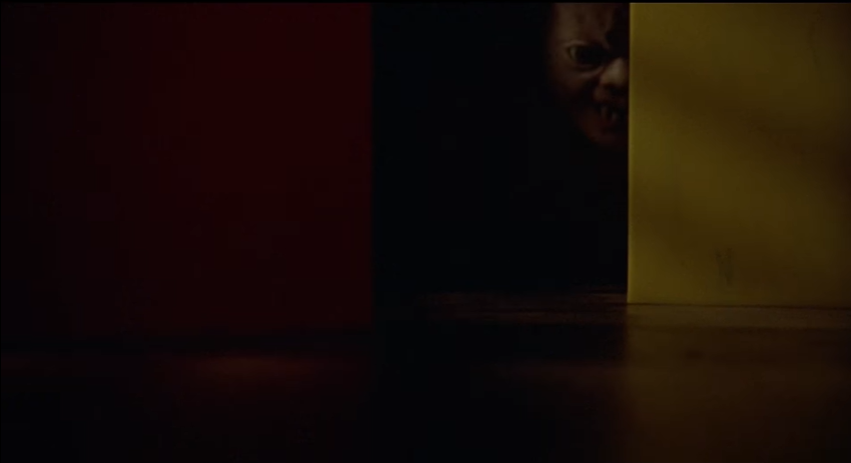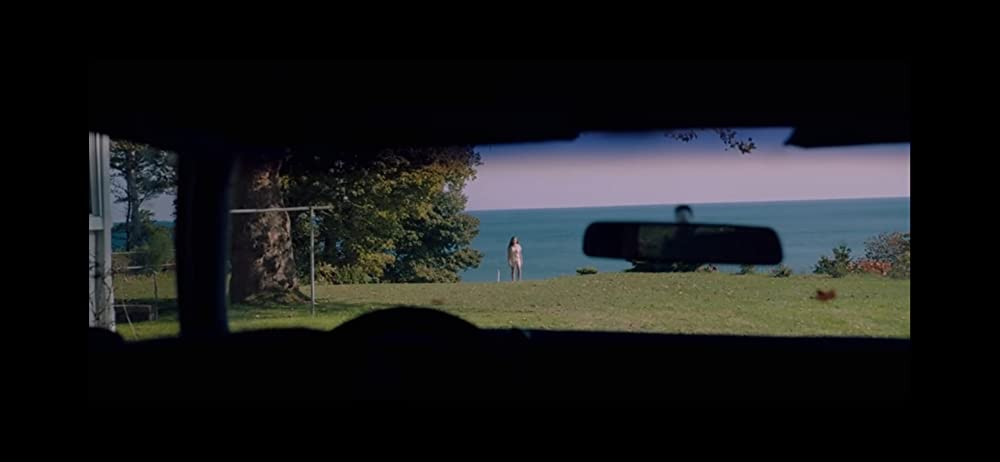
Programming Note: I’ll be on vacation next week, so the next scheduled movie post will be sometime during the week of August 20th. We apologize for the inconvenience.
The idea that our increasingly technological lives set us up for trouble has been a recurring theme since the twentieth century (and probably before that), updating itself whenever some new convenience becomes entrenched in the routine of the average westerner. Pulse is the late eighties version of this, set in a home with such advanced appliances as VCRs, microwaves, and air conditioning units, all things that can be turned against us when under the influence of something sinister. In the mind of the devoted Luddite, our homes used to be a solidly independent thing of wood and stone, but the advent of appliances not only makes people overly reliant on them, but invites an outside presence that we do not even understand, let alone know how to control. In this case, the presence takes the form of a malevolently intelligent jolt of electricity, something that can undermine the entire modern home—it’s another high concept horror, but one with a surprising amount on its mind, fanning out not just into the technological aspects of contemporary living, but with a specifically eighties critique of suburbia.









